Lorry accidents in Malaysia – do we need stricter inspection, enforcement to keep CVs roadworthy?
It’s the stuff of nightmares. A big truck spearing into you from behind, pinning your car into the vehicle in front. A very bad way to go. That actually happened on Monday afternoon, except that the hero survived unscathed.
If you somehow missed it, two days ago, a yellow Myvi was struck by a truck and pushed into a row of cars queuing at a traffic light on Jalan Ipoh, KL. Those familiar with the area would know that it’s a downhill stretch from the Jalan Duta flyover, in front of the landmark yong tau foo restaurant.
The SUVs in the affected lane were pushed on to a tree, and the Myvi was sandwiched badly, leaving just a tiny capsule of a cabin. Miraculously, the driver didn’t just survive the crash, he actually climbed out of the mangled car with just minor injuries to his face. He was sent to HKL for treatment. Occupants of the other vehicles and the lorry driver were not injured. Our Myvi man truly cheated death with this one. Or maybe it was Spidey…
According to KL traffic investigation and enforcement department (JSPT) chief Sarifudin Bin Mohd Salleh, the lorry driver was taken into custody and has since tested positive for methamphetamine and amphetamine. He was remanded for four days starting August 7.
So, he was driving under the influence of drugs, but was that also a brake failure? The lorry certainly barged into the Myvi at rather high speed, judging from dashcam footage. If it was indeed a brake failure, this would be one of many incidents where faulty brake have been cited as the reason for an accident involving a heavy commercial vehicle or bus. How safe and roadworthy are these giants roaming all around us?
Rules and regulations
It may seem so when you see a crazy big truck zooming past, but it’s not a lawless world when it comes to commercial vehicles. In fact, owners of CVs need to go through plenty of hassle compared to private vehicles. As we don’t have the UK-style annual MOT test here, the average car owner will only need to step foot into Puspakom when he needs to sell the car, as an inspection and B5 report is needed by JPJ for tukar hak milik. Most owners use runners for this task.
In contrast, before a commercial vehicle can be registered, it needs to undergo an initial inspection at Puspakom, and this requires a lot more documents than what we’re used to – sales letter, certificate of manufacture, vehicle type approval, vehicle plan, weight certificate and copy of business registration (SSM) are among the documents needed.
Depending on the type of CV, you might also need to furnish an approval letter for modification, APAD approval offer letter, certificate from DOSH and a green engine cert from Sirim.
With the PG11A initial test report, plus the PG13B for buses, one can then proceed with the application for licensing with JPJ. Then, there’s routine inspection, which is once a year for the first two years, and every six months thereafter. Time flies, and before you know it, you’ve got to spend a whole day at Puspakom again.
The periodic inspection includes identification (weighing and measurements only needed during initial inspection), above and under carriage checks, emission test, side slip test, suspension test, brake test, headlight test, speedometer test and of course, the test synonymous with Puspakom – the tinted glass test.
The brake test is to measure the efficiency and imbalance of the brake system, and is performed via a bench test or a dynamic test using a portable brake tester (decelerometer). The parking brake is also tested.
The brake test is one of the most important components of the periodic inspection, and if a CV fails the test, it will be automatically blacklisted and the results will be sent to JPJ. The owner will have to rectify the issue and upon repair, obtain JPJ permission for re-inspection. By the way, other test failures aren’t referred to the JPJ (just repair it and schedule a re-inspection), but only brake test fails.

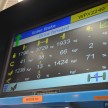
The lorry that caused yesterday’s accident looks like a typical tipper truck serving construction sites by carrying soil or debris. The number plate – if it was indeed registered to this vehicle when new – indicates that this is a relatively young truck registered in 2018.
By now, it would have needed inspection every six months, but there have been some leeways given lately due to the extraordinary pandemic circumstances we’re in. Just like our road tax, lesen and Puspakom B5 reports, CVs due for inspection were also given a grace period by the authorities as Puspakom and JPJ had to close during the lockdown. They’re all open now, but operations have been start-stop at many outlets due to Covid outbreaks and subsequent sanitisation.
Maintenance and enforcement
Whatever the inspection records of that lorry – if vehicle malfunction was indeed the cause – there are other aspects to look at when it comes to ensuring heavy vehicles are roadworthy. Outside of inspection, vehicles need maintenance as they pile on the miles and parts get worn, what more for commercial vehicles doing heavy duty jobs daily.
Inspection or not, goods-carrying vehicles must be maintained according to mileage, just like cars. While we can imagine the big corporations with professional fleet management teams adhering to proper maintenance schedules (hopefully), all business owners should ensure that their vehicles are well-maintained and roadworthy. After all, in the long run, a well-maintained vehicle will provide years of reliable service.
While we do have inspection (Puspakom says that its tests are consistent with international standards as per guidelines set by the International Motor Vehicle Inspection Committee) and regulations, enforcement is another matter altogether. If enforcement is not at a high level, compliance will naturally be low, as people will think that they can get away with it. Conversely, if there’s a high chance that running a unroadworthy or borderline faulty vehicle will hurt its owner’s pockets, few would take the risk – think the fine city that is Singapore.
If non-MCO related enforcement activities took a back seat over the past one and a half year, perhaps JPJ should resume normal service if they haven’t already done so, now that traffic volume is pretty much back to normal. I know with some personal pain that the traffic cops are back to issuing parking tickets after a long break.
The most important safety equipment
When dashcam footage of the shocking Lorry vs Myvi accident surfaced, everyone’s assumption was brake failure on the giant’s part, and that could well be the actual cause of the accident. However, police later revealed that the 25 year-old lorry driver tested positive for methamphetamine and amphetamine.
Drug use among commercial vehicle drivers is not a new issue – in fact, it surfaces almost every festival season when express bus drivers are caught driving under the influence. Over the years, there have been many bus accidents, too many to remember.
Frequently cited reasons for drug use among bus drivers is fatigue and the need to stay alert. A booster drug might help them squeeze in more trips, which in turn brings in more pay. Who’s to blame is a story on its own, although the industry denies it and lays blame on the individual.
Speaking to FMT in March, Association of Malaysian Hauliers immediate past president Nazari Akhbar said drug use is a general community problem, and isn’t specific to the sector. “We don’t deny that there are some drivers who get involved with drugs, but based on my experience in the industry, the percentage is very small. For those who get into drugs, it’s not due to work pressure but their own attitude.
“The haulage industry handles 24 million shipping containers a year. If the industry is plagued with drug problems, I don’t think we can deliver so much around the nation,” he said, adding that low wages isn’t an issue as lorry drivers could earn up to RM8,000 a month.
In the same report, Pan-Malaysian Bus Operators Association president Mohamad Ashfar Ali told the news portal that the issue of bus drivers resorting to drugs to put in extra hours is moot, as they are given fixed schedules. He said that drivers were not allowed to work more than eight hours a day. Ten hours is possible, but with a two-hour break.
Ashfar lamented that bus fares are fixed by the government and the last increase was in 2009. “If we don’t increase the fares, how will we pay higher wages? Cost of operations has gone up, terminals keep increasing their fares and there are fewer passengers now too,” he said.
If it escaped you, stiffer penalties for driving under the influence of alcohol and drugs (DUI) kicked in last year. In August 2020, amendments to Sections 41 to 45 of the Road Transport Act 1987 was read, tabled and passed by the Dewan Rakyat, and the Senate passed the bill in September. This was following some high profile DUI cases that happened during the MCO.
For DUI causing death, it’s now jail from 10 to 15 years and a fine of between RM50k to RM100k for the first offence, and you’ll also lose your licence for at least 10 years. This is a substantial increase from the previous three to 10 years jail sentence and RM8k to RM20k fine. Also, reoffenders now get a heavier punishment, compared to more of the same previously.
By the way, for a commercial vehicle driver to renew his vocational driving licence – which includes the GDL (goods driving licence) for lorries, and PSV (public service vehicle license) for public transport operators and e-hailing drivers – he/she needs to pass a medical exam. The doctor will check for visual, otorinolaryngology, neurological, musculoskeletal, psychiatric, cardiovascular, respiratory and renal disorders, as well as for signs of drug and alcohol abuse/dependency.
All these shows that the laws and safeguards already exist, whether for the vehicle or the driver. It’s a matter of zero leakage in getting things passed, and enforcement on the road.
Rammed in the back – it’s unnatural
Surely everyone would agree that it’s nothing short of a miracle that the Myvi driver escaped unscathed. While crashworthiness has improved greatly over the years, passenger cars just aren’t designed to be rear ended at speed. Frontal yes, side sure; but the rear, it’s just not a thing
Manufacturers develop cars to pass crash tests, and ASEAN NCAP counts the frontal offset crash test, side impact test (introduced in 2017) and head protection technologies. The IIHS in the US has a roof strength test for rollovers. Rear safety tech such as reverse sensors/camera and rear cross traffic alert (RCTA) – which can be combined with auto braking – are designed for low speed fender bender avoidance.
Not only is there no specially designed crumple zone at the back as there is in the front, hatchbacks don’t even have a boot for distancing. Closer still are the heads of third row passengers in seven-seat MPVs and SUVs to the tailgate – there’s no buffer and we’re sitting ducks.
Fortunately, incidents like this are much less common than front and side crashes, and protection from those impacts are higher than they’ve ever been, even in the affordable end of the market. For instance, in the latest ASEAN NCAP 2011-2015 protocol, the Perodua Ativa scored the full five stars across all four tested categories – adult occupant protection, child occupant protection, safety assist and motorcyclist safety, the latter taking into account blind spot monitoring and pedestrian protection. Just don’t get rammed from behind.
The post Lorry accidents in Malaysia – do we need stricter inspection, enforcement to keep CVs roadworthy? appeared first on Paul Tan's Automotive News.
from Paul Tan's Automotive News
Read The Rest:paultan...

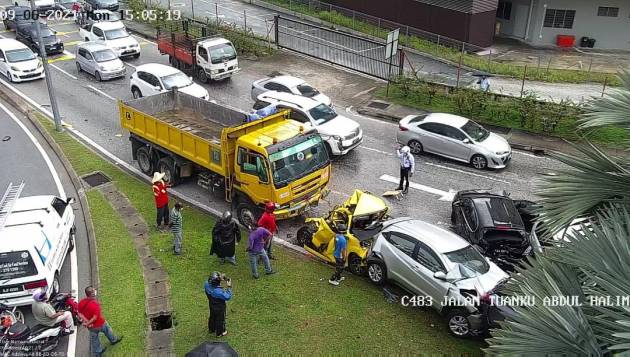
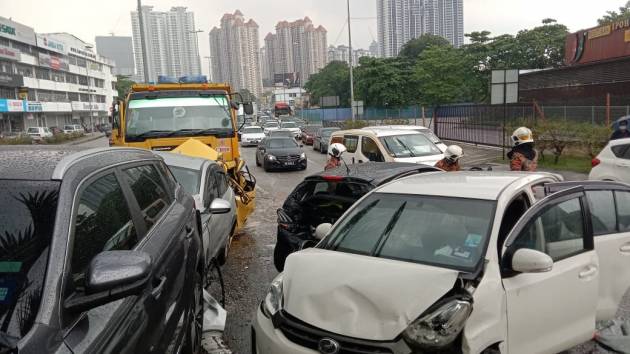
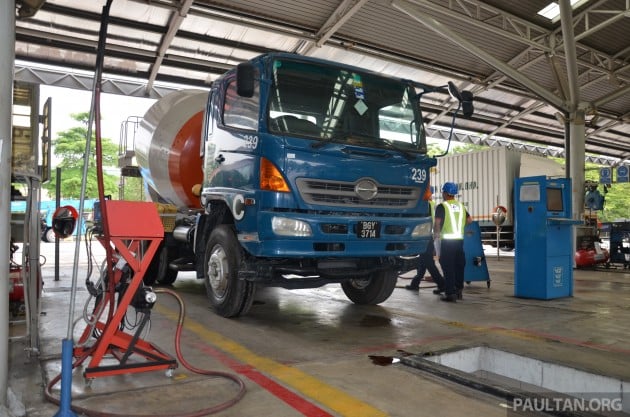
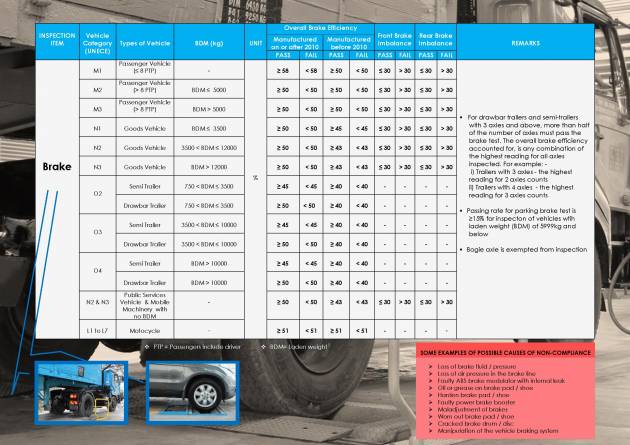
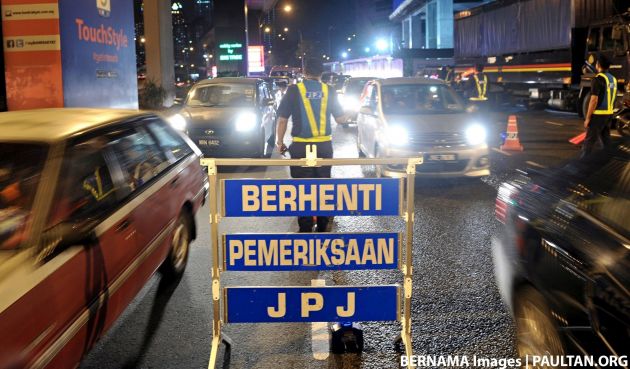
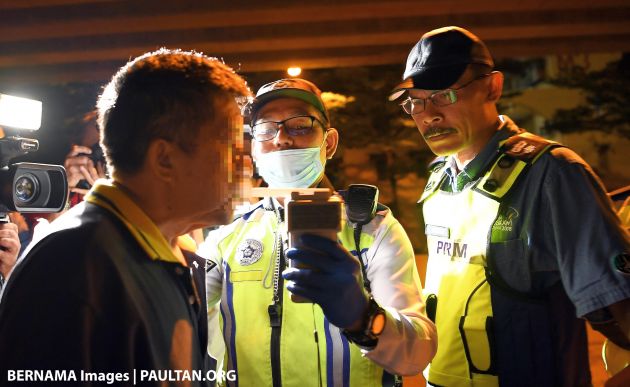

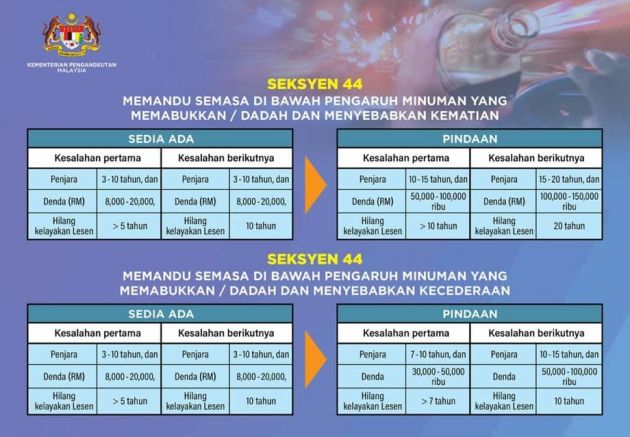
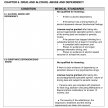

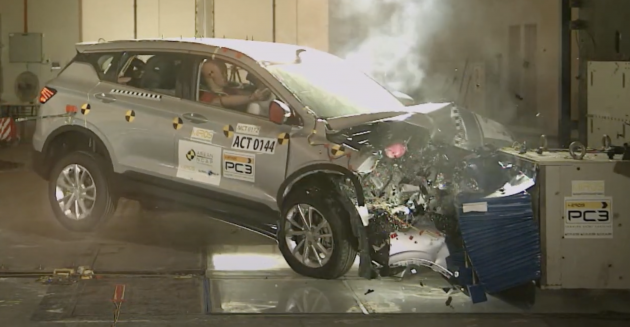

Post a Comment